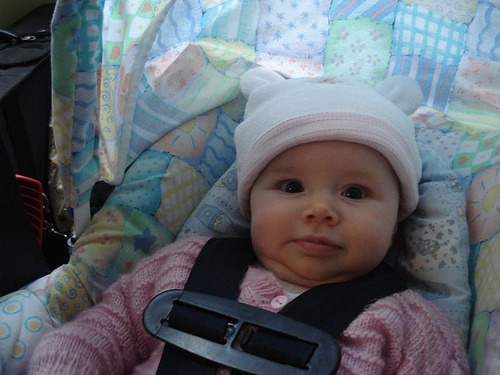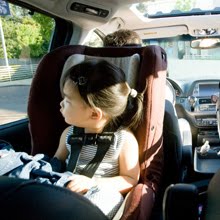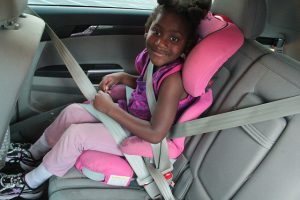
Harnessing What You Need To Know About Car Seats
The most precious cargo you’ll have in your vehicle is your child. Babies especially need to be strapped in securely to a car seat that meets or exceeds safety and best practice manufacturing standards and there are almost as many different makes and models to choose from as the
vehicles they are designed to fit in.
Still, there’s no need to feel overwhelmed by all the choices. Taking a few minutes to do some research about these products will give you the necessary information to make the right decision. Start by considering the fact that as your children grow, the way they sit in your vehicle changes and you need to find the car seat that best suits your child’s current age and size and work from there.
Inspection Station
Keep in mind the best brands have an excellent government safety rating that test them for side impact safety and a variety of other features like harness reliability. You can even find a car seat inspection station nearest you by clicking this link.
From birth to age three, parents need to focus on rear facing car seats to make sure their younger children are safe and sound as they travel. The harness these come with is essential and the seat should have proven head wings to cradle their necks and spinal cords in the event of a crash.
Convertible Car Seat
From birth to 12 months, all children should ride in rear facing car seats only. Exact height and weights limits can be cross referenced through the seat manufacturer’s instructions and as your child grows, they can move into a convertible car seat and an all- in-one seat which are both variations on the rear facing model.
Regardless of the rear facing car seat that currently meets your requirements, you need to be sure the unit is installed in the correct recline position so young children’s airways stay open. Most modern seats have these indicators built in or adjustors that can help you change the seat to the proper angle.
You should keep your child in rear facing car seats until they reach the top height and weight restrictions. After that, they are ready to move into a forward facing version that comes complete with a corresponding harness and tether. The forward facing seat is generally the way your son or daughter will ride in the car until around the age of seven. Referring to the manufacturer’s advice will help you to pinpoint the exact time they will move into the final phase before a seat belt, which is the booster seat.
These booster seats are specifically designed so the stronger parts of your child’s body are held in place by the seat belt. Some boost the child’s height so the seat belt works properly.
Top Tether
There are a few other things you should be looking for to ensure your child is safe and sound in the car seat that is most appropriate for them. The LATCH (Lower Anchors and Tethers for Children) system includes a top tether and two lower anchor attachments to hold the car
seat firmly in place. Top tethers acting as a supplemental attachment are now standard issue on most of the car seats in the United States.
Remember to look at the car seat instruction booklet and the vehicle owner’s manual carefully because in many cases, regular seatbelt systems should not be used as top anchors unless specified in the documents. Your child is finally old enough to start using an adult seatbelt when they can meet a few criteria that ensures their safety.
The shoulder belt part of the seat belt should not be anywhere near the neck and throat. It should fit across the middle of the chest and shoulder. Similarly, the lap belt should fit across the upper thighs and not the belly.
Babble Out offers information about the best budget friendly convertible car seat in 2017. See their ultimate guide!
Read more info like this at All My Children.
Author: Rob Starr


